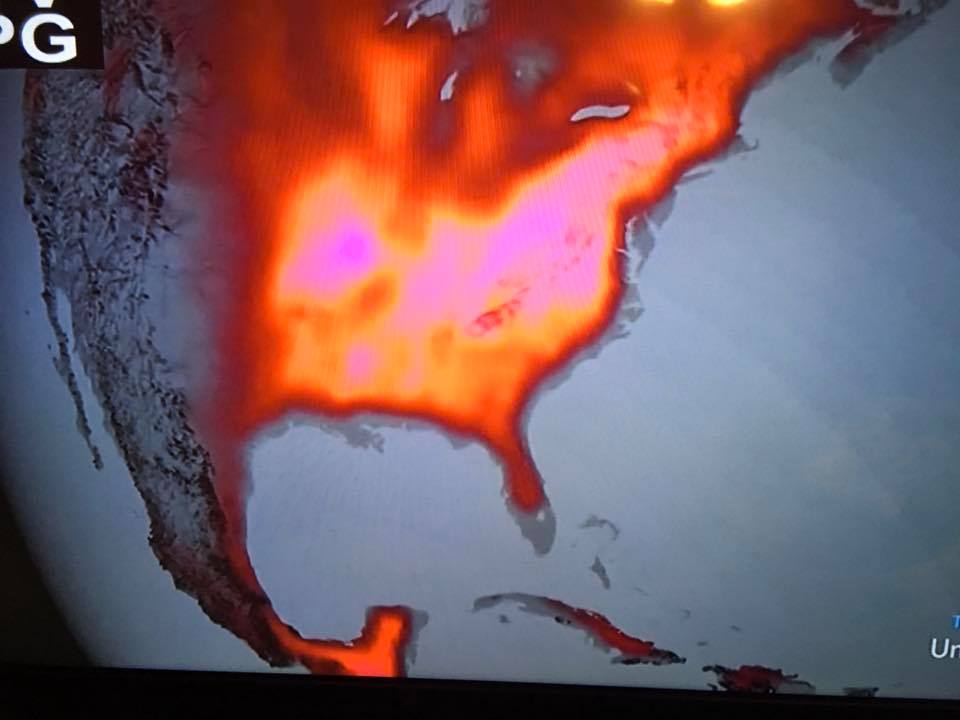Understanding the Value of Plants in Climate Change Mitigation

What are farmers doing besides feeding the rest of us? A NASA satellite found some odd readings over the United States. Global warming proponents thought they were onto something. They were surprised to find this image was a manifestation of the force of farming in the United States. This satellite image shows the photosynthesis of America’s 100 million acre Corn crop. Further research found the US corn crop, at it’s (sic) peak, produces 40% more oxygen than the Amazon rain forest. Thank you farmers.
A few responses:
As explained here, plants do not generate more oxygen than they consume.
What could this graphic possibly have to do with global warming? And, btw, there is no such thing as a “global warming proponent.” There are people who understand climate science and those who do not.
The value of plants vis-a-vis climate change is that they sequester CO2 during their lifetimes. This is why forests full of large trees with substantial lifespans are valuable; they absorb CO2 for decades, even centuries. The CO2 absorbed by corn is almost immediately rereleased into the atmosphere as the corn kernels are digested and the rest of the plant decays.
When we look at the graphic, we see a great deal of corn in New England and even northeastern Canada. I’m afraid you’ve been had.
